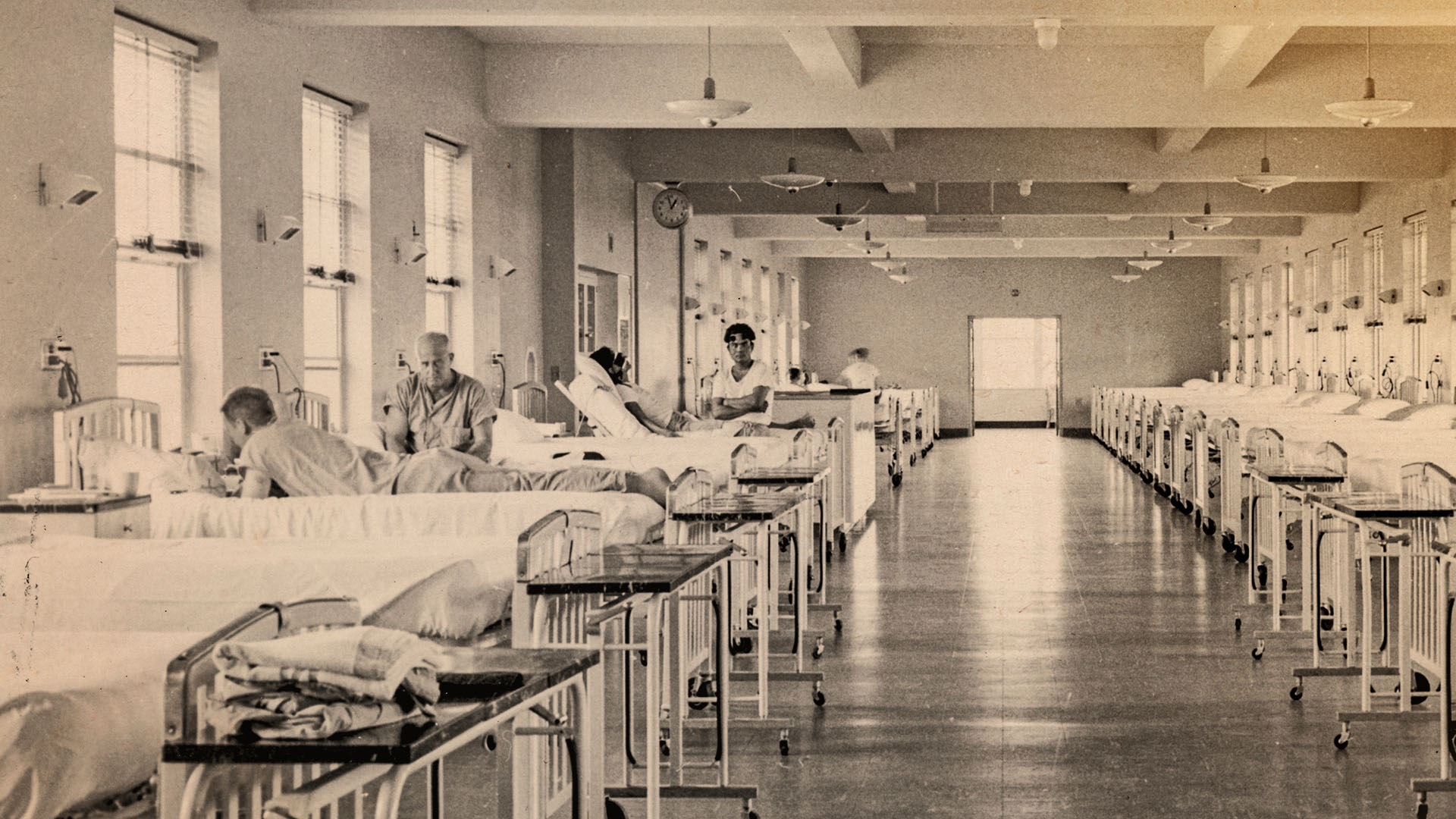Unlocking the Value of Combination Therapies

The purpose of this paper is to describe the nature of Huntington’s chorea and to indicate broadly its costs to both society and affected individuals. The latter are usually high because the disease manifests in middle life when people normally experience their peak…
The purpose of this paper is to describe the nature of Huntington’s chorea and to indicate broadly its costs to both society and affected individuals. The latter are usually high because the disease manifests in middle life when people normally experience their peak occupational and familial responsibilities. In fact such is the severity of the disablement it causes in its terminal stages that despite its rarity NHS and social service caring costs alone are estimated to be in the order of £4 million per annum.
The role of the pharmaceutical industry in conducting research into uncommon conditions is also examined, as are the possibilities regarding future improvements in genetic counselling services and methods of identifying the genetic aberration responsible for Huntington’s chorea. New research into the characteristics of cells from affected subjects together with the recent advent of techniques of DNA recombination and analysis means that, in theory at least, screening for Huntington’s chorea should become possible in the 1980s. Whether in practice control of this disease by prenatal diagnosis and the abortion of ‘at risk’ foetuses will be introduced will depend on the social and economic restraints placed on this area of potential innovation.
Huntington’s Chorea
Scoones, T.
(1980) Huntington’s Chorea. OHE Series on Health. Available from https://www.ohe.org/publications/huntingtons-chorea/

